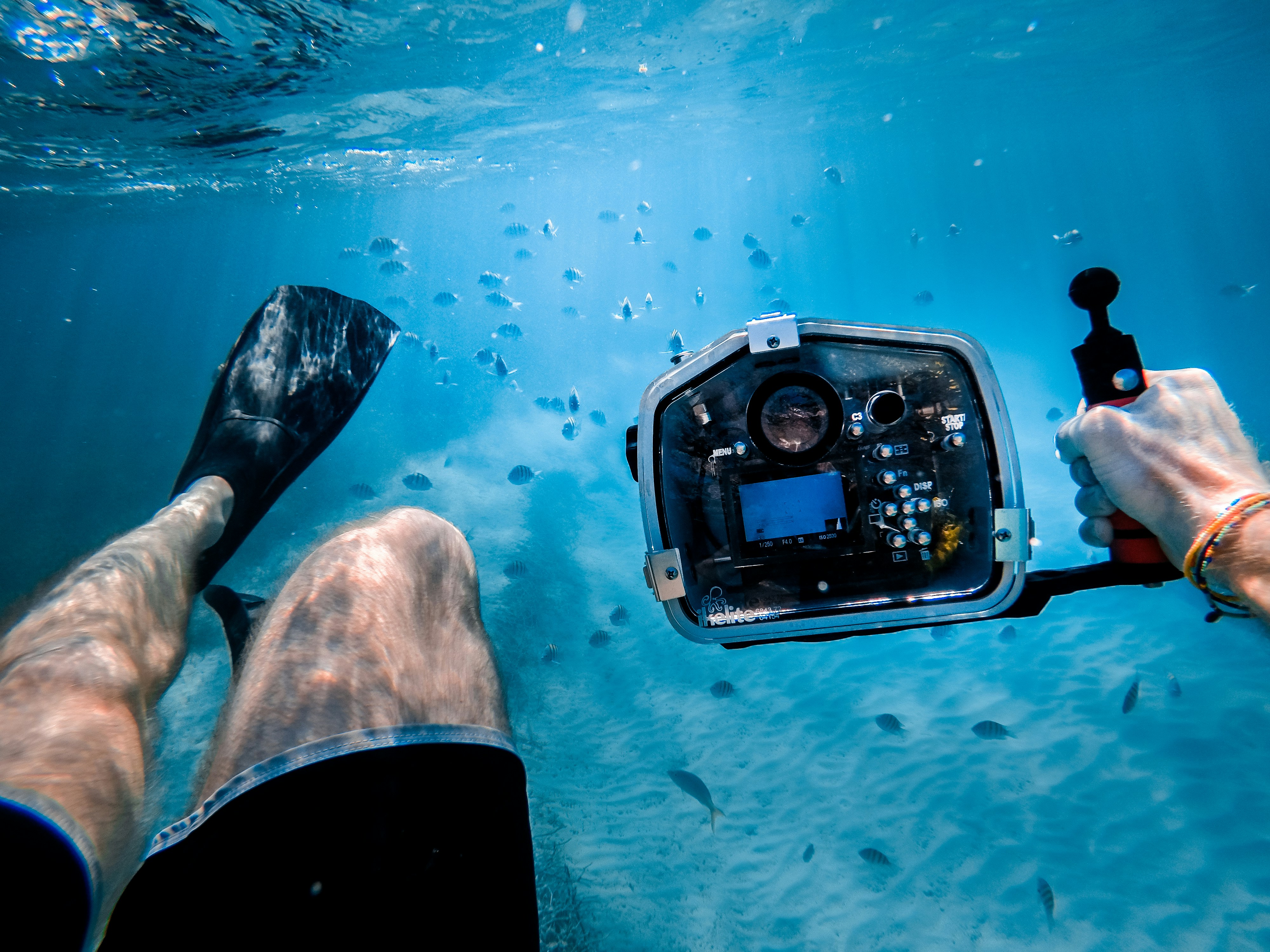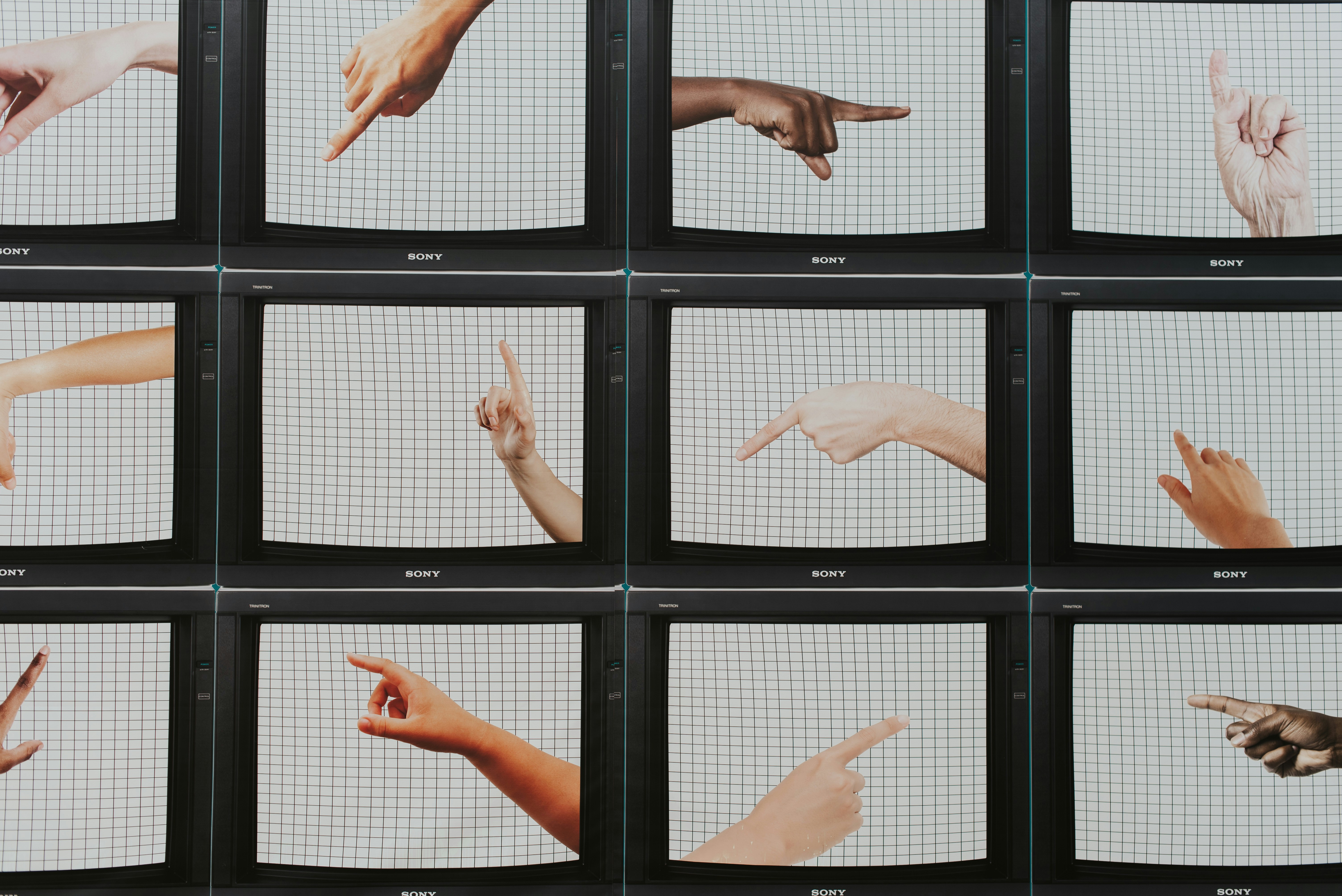Explore the Unseen World: A Dive Into Infrared Photography
Have you ever wondered what lies beyond the visible spectrum of light? Infrared (IR) photography allows us to capture this unseen world, transforming mundane landscapes into otherworldly visions. If you’re a photographer looking to explore new perspectives, this unique technique can offer fresh creativity. In this article, we'll dive deep into infrared photography, from essential gear and shooting tips to editing techniques that will elevate your images.
Understanding Infrared Photography's Unique Charm

Infrared photography involves capturing light that is not visible to the naked eye. The results yield stunning images, where foliage glows brightly against a deep black sky, skies turn ethereal, and human subjects appear almost ghostly. This ability to transmute ordinary scenes into extraordinary compositions can enhance your visual storytelling and encourage viewers to see the world through a different lens.
For those new to the field, embracing the ethereal quality of infrared can feel daunting. However, understanding the basic principles of IR photography and the appropriate gear can unlock a treasure trove of artistic possibilities.
Essential Gear for Infrared Photography

The first step in exploring infrared photography is acquiring the right equipment. Here’s a breakdown of what you might need to get started:
1. Infrared Filters

One of the most straightforward approaches is using an infrared filter on your camera. These filters block out visible light while allowing infrared light to pass through. Filters come in various strengths—commonly 720nm or 590nm—so choose one that best fits your desired effect. The Hoya R72 is a favorite due to its affordability and performance.
2. Converted Cameras

For more serious IR enthusiasts, consider investing in a converted camera. Converting a DSLR or mirrorless camera involves removing the internal IR cut filter, allowing the camera to capture IR light directly. Companies like LifePixel offer conversion services, providing a range of options based on your needs and budget. While it may seem a hefty investment, the convenience and quality can significantly enhance your photography.
3. Tripod

Infrared photography often requires longer exposures to gather sufficient light due to the use of filters. Pairing your camera with a sturdy tripod is essential to maintain stability and avoid motion blur. Consider options like the Manfrotto Befree Advanced, which is lightweight and durable, making it suitable for both landscapes and urban settings.
4. Editing Software
Post-processing is vital in achieving the spectacular look of infrared images. Software like Adobe Lightroom or Photoshop allows you to manipulate colors, enhance contrasts, and refine your images. The IR magic often comes alive in editing as vibrant colors emerge and ethereal whites glow.
5. Lenses
Utilizing the right lens can further enhance your infrared photography. Wide-angle lenses capture expansive landscapes, while macro lenses can reveal fascinating details in flowers and plants. Each lens choice will dictate the story you tell through your images, so experiment until you find your perfect fit. For more on this, check out lens choices that can optimize your shooting experience.
Tips for Shooting in Various Environments
Once you’ve gathered your gear, it’s time to head outdoors. Shooting infrared photography requires specific strategies tailored to different environments.
Landscape
In landscapes, infrared photography can create dramatic contrasts, particularly when capturing foliage. Trees may appear white or glowing due to their high reflectance of IR light. Using a polarizing filter can enhance skies and help manage reflections from water bodies. Early morning or late afternoon light often results in softer, more beautiful images.
When composing landscape shots, don't be afraid to include reflections, structures, or human elements for added interest. Infrared’s ability to transform everyday scenes, such as roads or fields, opens the door to infinite creative possibilities.
Architecture
When photographing buildings, infrared photography can produce captivating images. Structures against an IR-altered sky can evoke dramatic feelings, while foliage around the architecture stands in unexpected contrast.
Pay attention to your angles; a low-angled shot can emphasize height, while a higher vantage point can show the interplay between the structure and its environment. As captured architecture takes on an ethereal quality, consider how the surroundings contribute to your narrative. For inspiration, explore photographic storytelling techniques that add depth to your compositions.
Portraits
Infrared portraits can be striking yet subtle, transporting your subjects into dreamlike imagery. When capturing people, positioning them against green will yield luminous results, while skin tones will take on a softer appearance.
Be mindful of your subject's attire. Clothing with deep colors may shift unpredictably when processed in IR, so consider lighter colors that may enhance their luminance. Depth of field is also important; using a wider aperture can create beautiful bokeh while maintaining focus on the subject.
Creative Editing for Infrared Photos
Editing is where the magic of infrared photography truly comes to life. Here are some creative approaches you can take in your post-processing workflow:
Black and White Conversion
Many photographers opt to convert their infrared images into black and white. This approach enhances contrast and accentuates textures and shapes, providing a classic feel. Use the channel mixer in Lightroom to adjust the tone clipping and obtain various effects, emphasizing highlights or shadows as desired.
Color Manipulation
If you prefer vibrant color images, explore hue shifts to create unusual landscapes, where tree foliage glows in shades of pink or blue. Adjust the color balance and saturation to discover non-traditional palettes that stand out. Don’t hesitate to play—the beauty of IR photography lies in its ability to defy conventional color expectations.
Layers and Masks
Using layers and masks in Photoshop can yield striking results. Isolate specific elements in your image to enhance or manipulate their colors while retaining the integrity of the overall composition. This technique allows for creative expression and personalized adjustments.
Textures and Overlays
Incorporating textures can add depth and dimension to your images. Consider using brushes or overlays in Photoshop to introduce subtle elements of intrigue. This could involve soft grain or clouds, giving an ethereal quality to your already surreal infrared captures.
How Infrared Photography Transforms Perspectives
Infrared photography is not merely a technique; it is a paradigm shift in how we perceive our surroundings. By pushing the boundaries of traditional photography, it allows us to visualize the unseen aspects of nature, architecture, and human emotions.
The Impact on Landscapes
When viewing a landscape through an infrared lens, the familiar morphs into the extraordinary. Trees and grass typically appear glowing white, challenging our preconceptions of nature. This can invoke a sense of otherness, connecting us to an environment often overlooked in its ordinary form.
Architectural Exploration
Infrared photography often highlights architectural patterns and shapes in ways traditional photography cannot. Structures may appear surreal and distant, evoking existential questions about our relationship with built spaces.
Emotional Depth in Portraits
In portraiture, the unique attributes of infrared photography can portray emotions in striking and unexpected ways, turning a simple smile into something profound. The ghostly yet beautiful interpretations of light remind us of the ephemeral quality of human experience.
Encouraging photographers to embrace these experimental principles not only broadens their creativity but enriches their artistic expression.
Final Thoughts
As we step into the expansive realm of photography, embracing techniques like infrared photography can become a transformative journey. With the right gear, shooting strategies, and creative editing approaches, you can unlock a visual language that speaks to both your artistic soul and your audience. Now is the time to explore the unseen world; the lenses of your camera await your imagination!
For more insights into the captivating landscape of photography, consider reading about the emotional impact of color or how to embrace minimalist techniques to elevate your imagery further.



